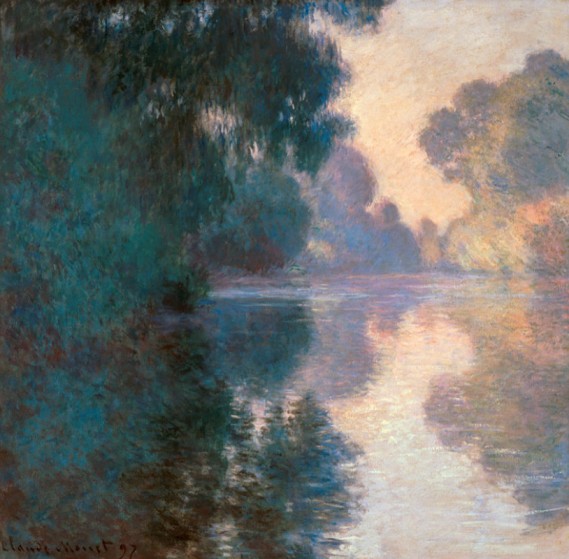Choosing Objects for your TOK Exhibition
Sometimes, it can be a task to know exactly what is required from you, and also perform at your highest potential. Choosing objects for your TOK Exhibition can seem like a taxing process but worry not, there is a definite method to the madness.
Most schools make sure to offer you the opportunity to run through a practice round of the TOK Exhibition. If your school does this, it is giving you the time to ensure you have the instruments you need for your real TOK Exhibition - make sure to utilise it!
3 Things to Keep in Mind for your Objects
As you know, your exhibition needs to include three specific objects that you personally find an interest in and more importantly, can explain and relate to your prompt.
- First of all, your objects do need to be physical, tangible things set in the real world.
Digital objects can be tangible as well, for eg. printed photos or even printed tweets or memes.
- Secondly, each of the three objects you choose must have a clear connection to the chosen prompt.
Look at the key terms in the prompt in order to unpack the relevant TOK concepts in it.
- Thirdly, you need to use your justification skills in order to relate each of these objects to your IA prompt!
To do this, you must be sure that your chosen objects were the right ones to support your argument, and show why they were included. Your justification also needs to have enough reasoning and evidence in order to support your IA prompt.
How to go about it?
If your exhibition is based on the optional theme of 'Language', you can choose a work of a poet or an author, or a painting that you really love. Let us say we choose a painting from a series, 'Morning on the Seine near Giverny', by Claude Monet.

With this object, you can make a point about the artistic techniques used by Monet - for example, the colour tints, the brush strokes, or the creation of an atmospheric tone.
Then, you can go on to justify how the techniques used in the painting effectively communicate knowledge to the readers.
For this scenario, you could be trying to relate the object to perhaps this IA prompt:
How important are material tools in the production or acquisition of knowledge?
Here, you can point out the artistic methods used by Monet, perhaps about the brush strokes that are small, thin, and yet distinctly visible. You can point out the depiction of light in the painting, or the inclusion of movement.
You can claim how artists like Monet, composed their paintings with the purpose of depicting realistic scenes from everyday life, and often painted outdoors. They worked to represent our world exactly as it is, without artistic embellishment.
We can say Monet is known for his usage of visual effects through his freely brushed colours. His use of colour techniques is very important in the production of his artworks, and thus in this form of knowledge.
In this scenario, you now have one object which relates to your IA prompt! Even without choosing two more objects for your exhibition, you now have the tools to create your knowledge question:
For example:
In what ways do values affect our representations of the world, for example, in language, maps or visual images?
If you choose two more objects, perhaps a map and a photograph, you are now equipped to show how different values can be communicated through artistic representations of knowledge.
Or simpler:
Are language techniques useful in the production of knowledge intended for communication?
The same painting can also be used as your object to relate to this IA prompt instead:
What challenges are raised by the dissemination and/or communication of knowledge?
Again, here you can speak about the artistic methods used by Monet, and why his methods of communicating knowledge faced certain challenges. For example, this painting took Monet nearly two years to complete.
This is because Monet was painting atop a floating boat, or simply standing by the river Seine as he captured his perspective over the water. He encountered bad weather conditions over several months, which kept delaying the completion of this particular painting.
However, the painting was a success, although controvertial at the time of it's production. Monet's communication of knowledge, however challenging to himself, created a wave within the art scene in Paris at the time.
Here, we have enough evidence to develop our argument around this object.
For this second IA prompt, you can now form this knowledge question for your TOK Exhibition:
If language works according to sets of rules and conventions, how much scope do we have as individuals to break the rules or challenge these conventions?
If you choose two more objects accordingly, you can make a compelling argument about this. While he lived, Monet was often ridiculed for his 'wallpaper art', but now he is widely referred to as one of the founders of Impressionism.
In Conclusion
Once your first object is chosen along with the main themes you would like to explore, the other two objects can follow! Good luck.
If you have any doubts and require guidance for your practice TOKs, or if you are just looking to enhance your academic performance in general, take a look at our IB mentorship options here at Vidyalai.com